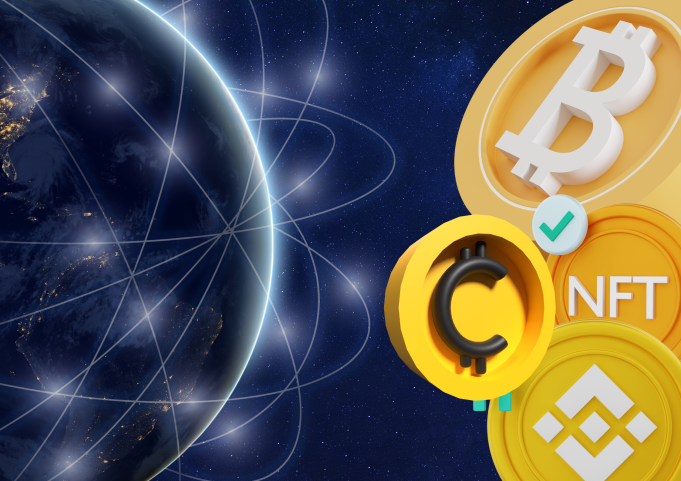Atomic swaps have completely revolutionized the concept of cryptocurrency trading. This revolutionary peer-to-peer trading technique promises a more secure and efficient way to transfer funds between different blockchains that are based on the same hashing algorithm. It is generally considered to be a more cost-efficient and reliable means of exchanging digital coins between different blockchains.
Atomic swap protocols are designed in a way that prevents either of the trading parties from cheating the other. As part of the trading process, a special contract is used to create a safe trading environment in which funds of each party are deposited into two different contract addresses. As soon as a single party uses the key to unlock their funds, the other party becomes eligible to unlock their funds as well. This process happens at the same time and is completed within seconds.
Hash Timelock Contracts (HTLC) are key components that are used to make atomic swaps possible. HTLCs are based on the fact that funds are released to the rightful owner after someone has provided the cryptographic hash of the key used to encrypt the funds. It is also important to note that atomic swaps have the potential to bring a new level of security and privacy to cryptocurrency trading as users do not need to trust any third-party to complete their trades.
Some of the biggest advantages of atomic swaps include:
1. Low Operational Costs: The trading fees associated with atomic swaps are either non-existent or very low, making them cost-effective.
2. Increased Level of Security: As atomic swaps are conducted between wallets instead of exchanges, there is an increased level of security as users are much less vulnerable to hacking or other forms of digital heists.
3. Quick and Efficient Process: Atomic swaps allow users to trade coins quickly and efficiently, with higher degrees of interoperability.
Apart from these advantages, another important factor to consider is the fact that atomic swaps can eventually solve some of the problems associated with centralized exchanges. Such exchanges generally require users to trust a third-party with their funds, leaving them vulnerable to funds mismanagement, higher operational costs, and other issues.
Atomic swaps also offer greater interoperability between different blockchains. By removing the need for a centralized exchange or mediator, assets can be exchanged between users without having to rely on Bitcoin or Ethereum as an intermediary coin.
Despite the potential of atomic swaps, several conditions must first be met for them to be successful. For example, the trading parties must use blockchains that share the same hashing algorithm and be compatible with HTLCs and other programmable functions. Moreover, there are still some concerns about maintaining the privacy of users since off-chain atomic swaps are conducted via a secondary layer.
At the end of the day, the use of atomic swaps promises to completely change the way that people interact and trade with each other. It can potentially offer a more secure, private, cost-effective, and time-efficient way of transferring assets between blockchains. It could become a powerful tool for driving significant changes in the crypto industry, bringing about a new form of decentralization and peer-to-peer trading. Consequently, it is expected that the use of atomic swaps will continue to be on the rise in the near future.













